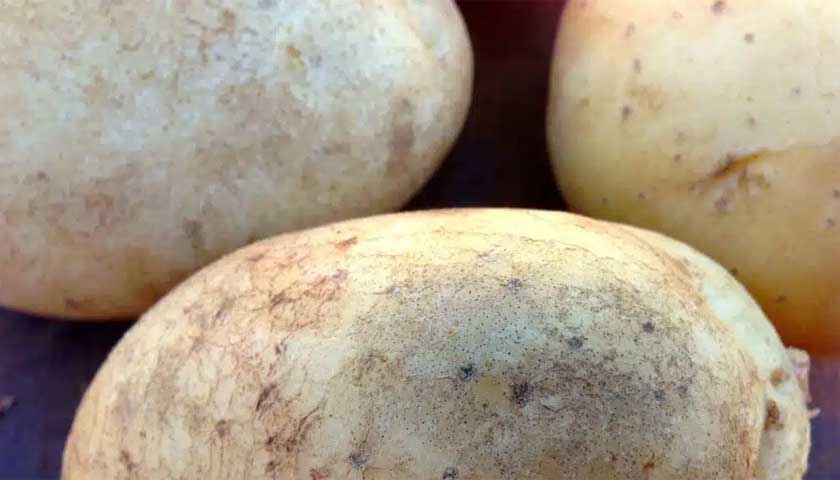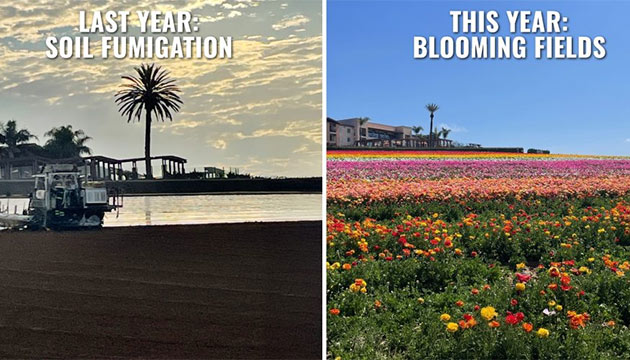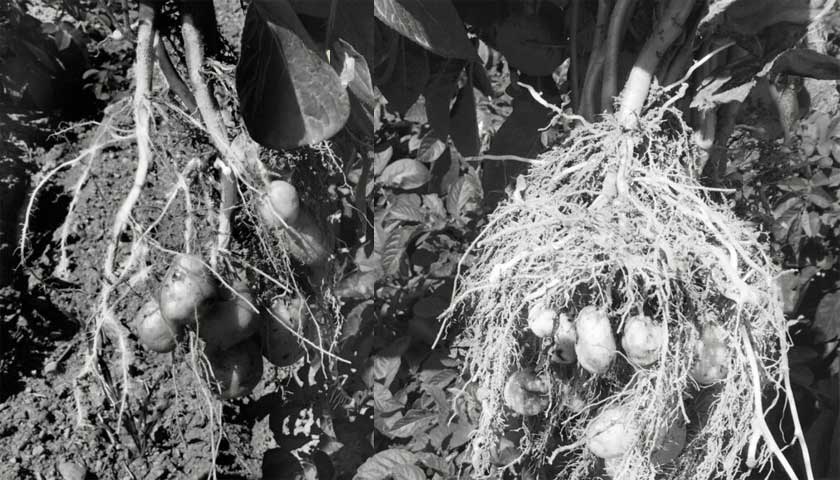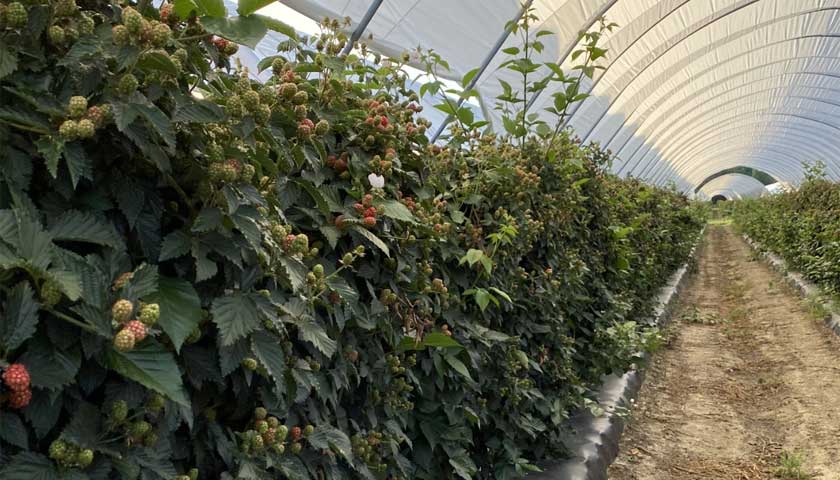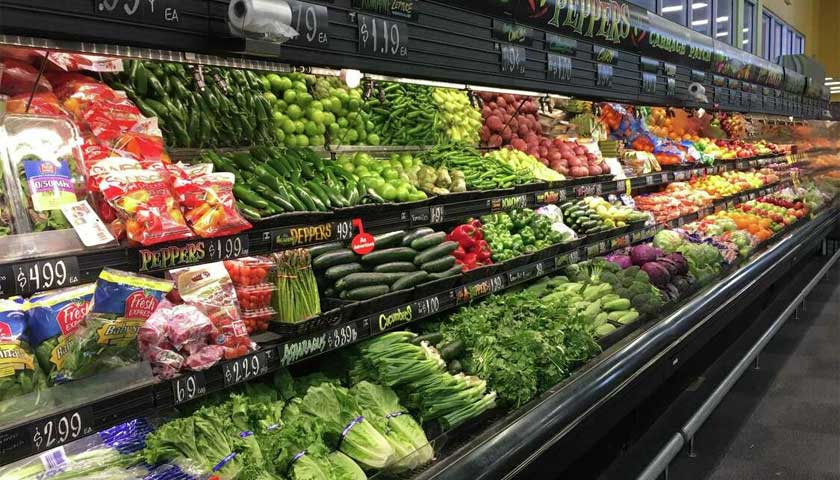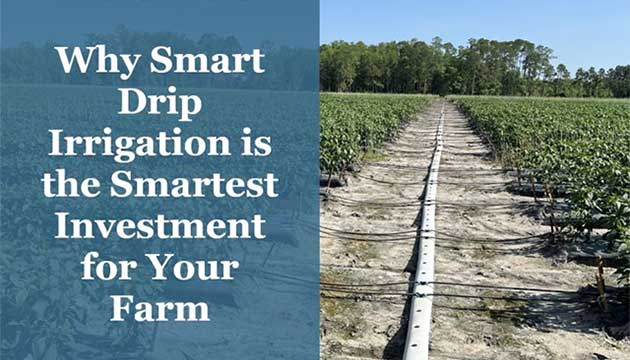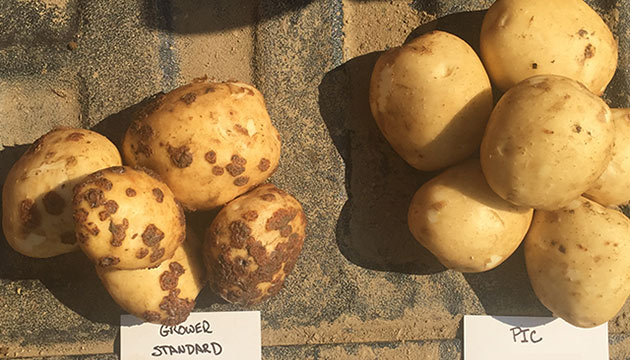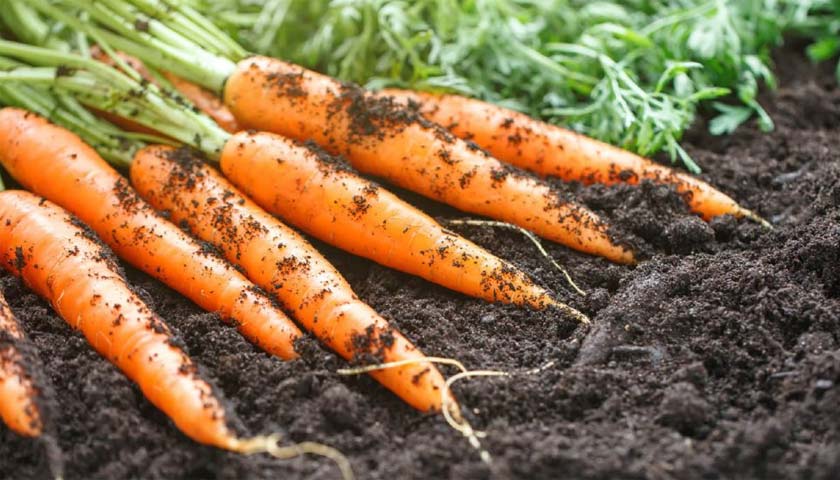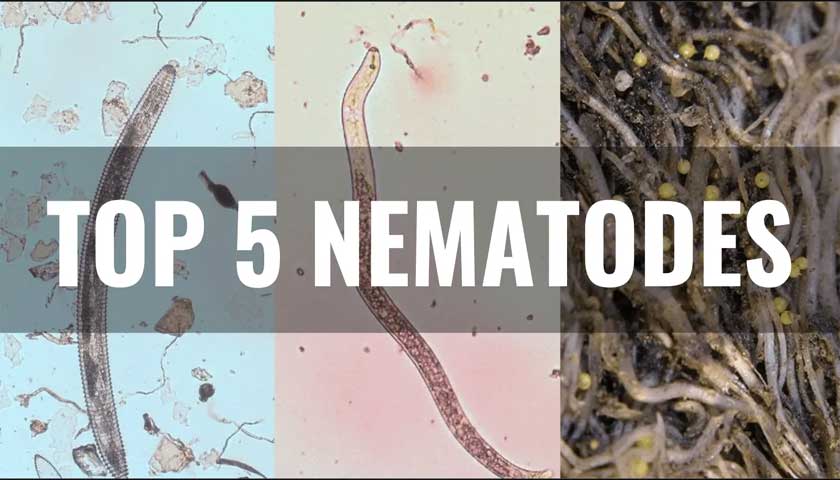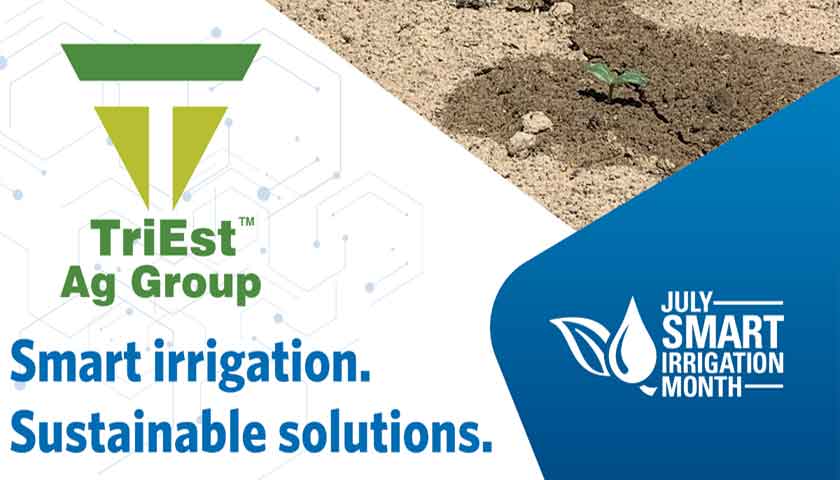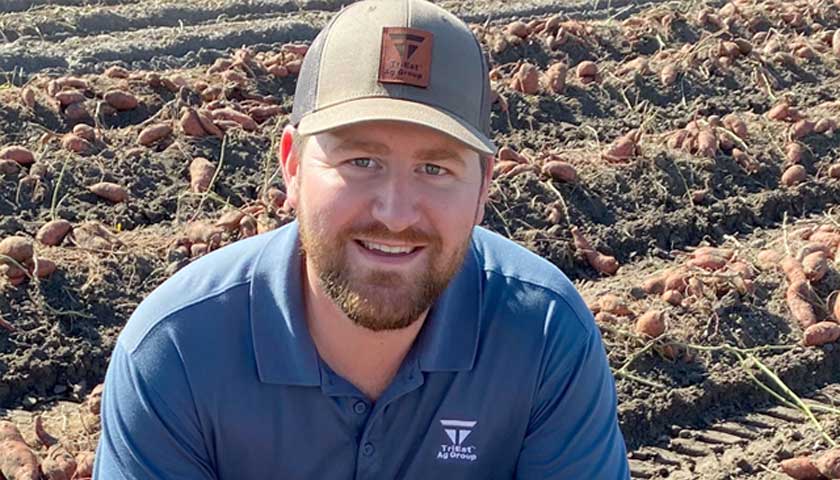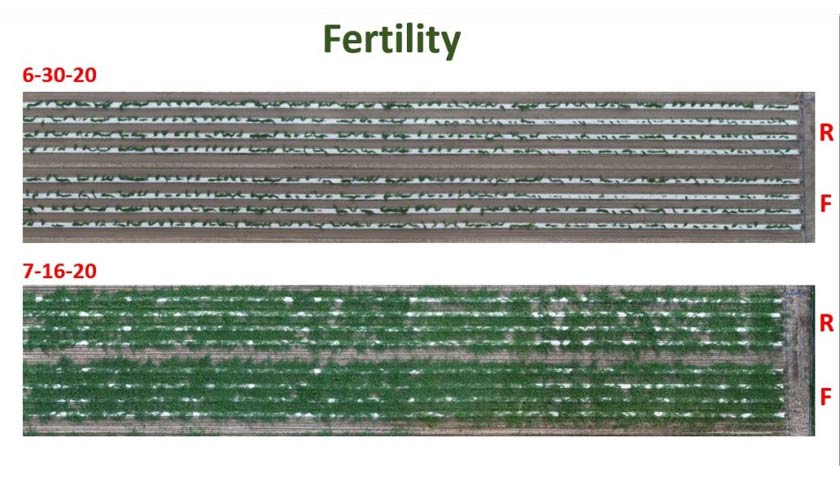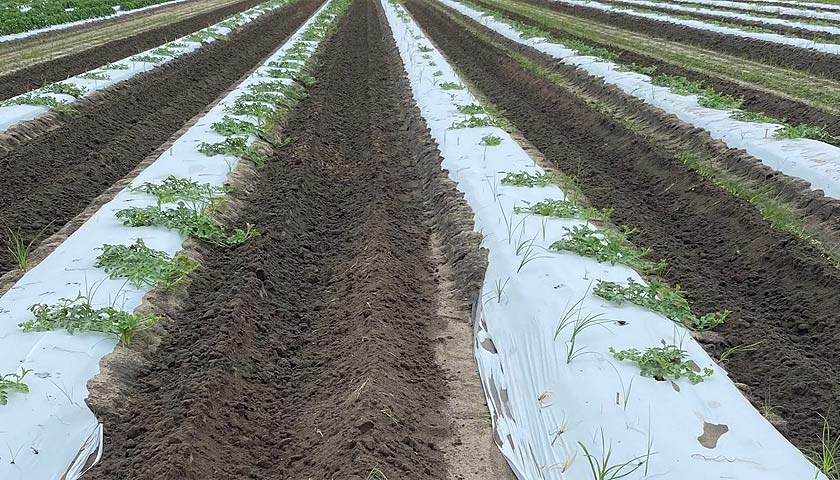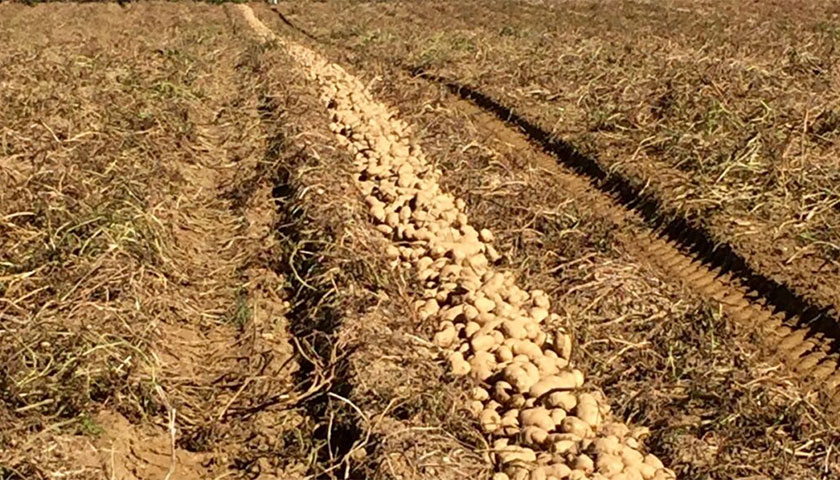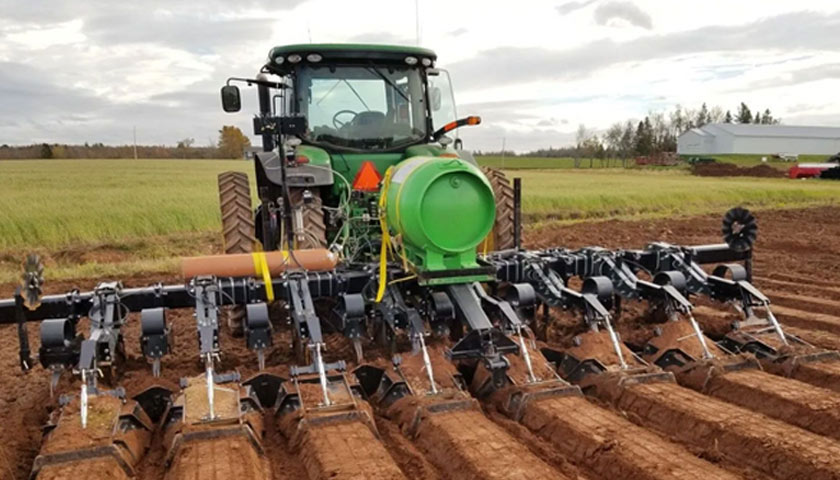
New Blog Entry: Tackling Soil Tillage Part II
Our latest blog is now out. Director of Agronomy Josh Mays shares field results from our strip-till soil fumigation trials in Part II of the Tackling Tillage series. See how this reduced-tillage approach performed and where the research is headed next.
Read More

Common Myth: TELONE™ by Teleos “Wipes Out” Life in the Soil
Independent third-party studies and numerous global trials show TELONE™ doesn’t sterilize the soil—but rather, it supports a diverse and highly functioning microbiome.
Read More

Pistachio Soil Fumigation Research: Expanding into a Key California Crop
Our latest research in Fresno County looks at how soil fumigation supports Pistachios, one of California’s fastest-growing and most valuable crops, by improving root health, encouraging early tree growth, and managing plant-parasitic nematodes.
Read More

Sand, Wind and Common Scab: Lessons Learned From South Africa
During his recent trip to South Africa, Chad Hutchinson of met with growers and industry leaders, exchanging insights on soilborne disease management and sustainable farming. Chad continues to champion innovative approaches to Crop Protection and he’s sharing those insights.
Read More

Why Smart Drip Irrigation is the Smartest Investment for Your Farm
Precision irrigation is more than just watering. With smart design, automation, fertigation, and quality components, drip irrigation becomes a complete crop management tool that saves water, reduces inputs, and drives higher yields. Discover why smart drip irrigation is the smartest investment:
Read More

Protecting the Roots of Success: How TriCal Inc. Helps Keep the Carlsbad Flower Fields Blooming
North San Diego County was once the flower capital of the U.S., with over 1,000 acres dedicated to field-grown and greenhouse cut flowers. Today, much of that land has given way to development, but one bloom still stands strong: ranunculus.
Read More

Trical Employees Sit on Expert Panel on Black Dot in Potatoes
Black dot is spreading in potato fields — and farmers are right to be concerned.
While not a new disease, black dot is becoming tougher to manage, stealing yield, blemishing tubers, and reducing marketability. That’s why Spud Smart brought together three experts for the Soil Under Siege panel.
Read More

Chloropicrin Fumigation and Biostimulants: A Promising Duo against Rhizoctonia Canker in Potatoes
A study from Frontiers in Soil Science has unveiled promising strategies to enhance potato yields and mitigate Rhizoctonia canker. Research from the IRDA and Université Laval in Québec chloropicrin soil fumigation as a biostimulant on potatoes.
Read More

